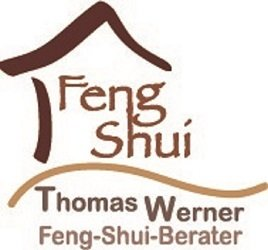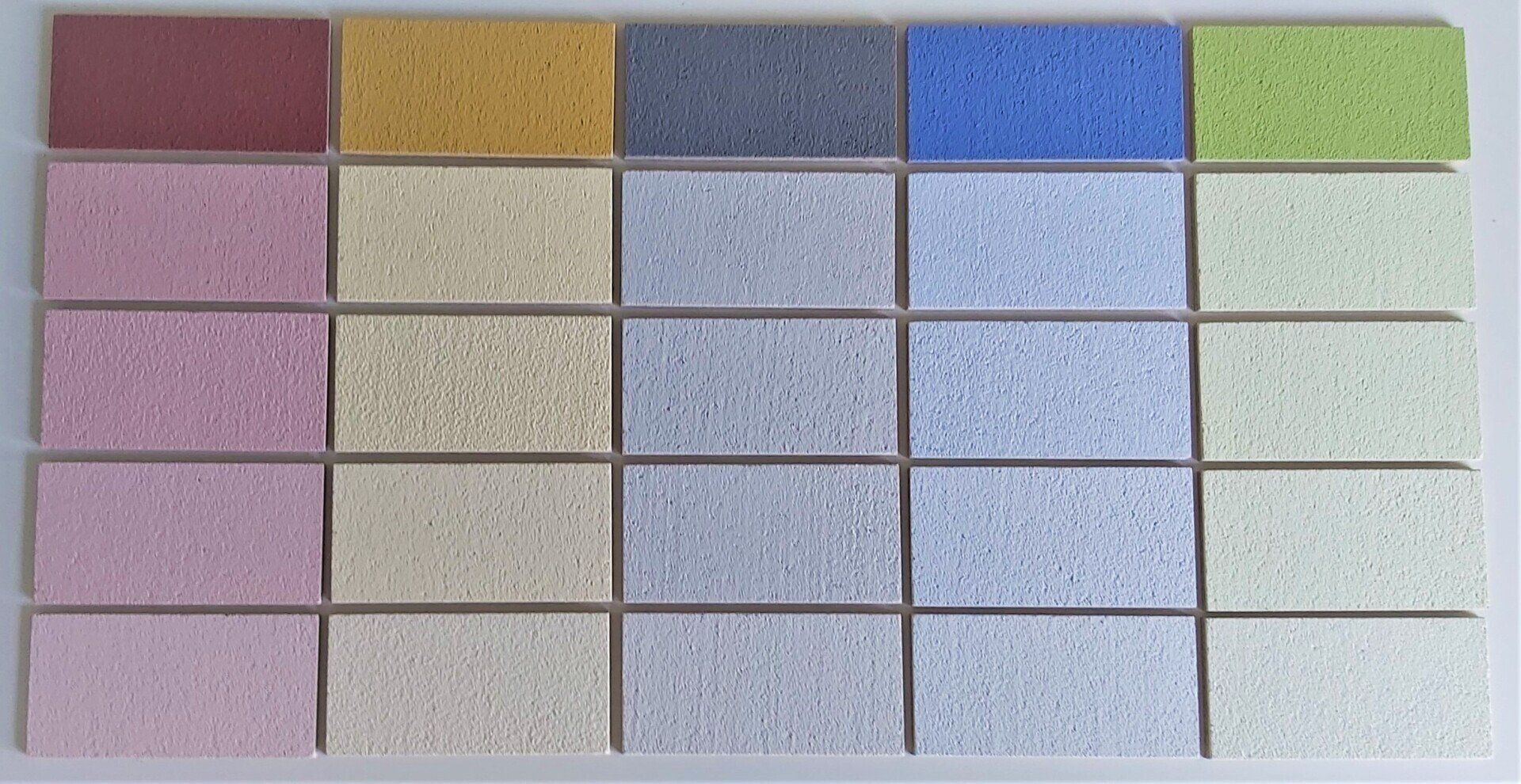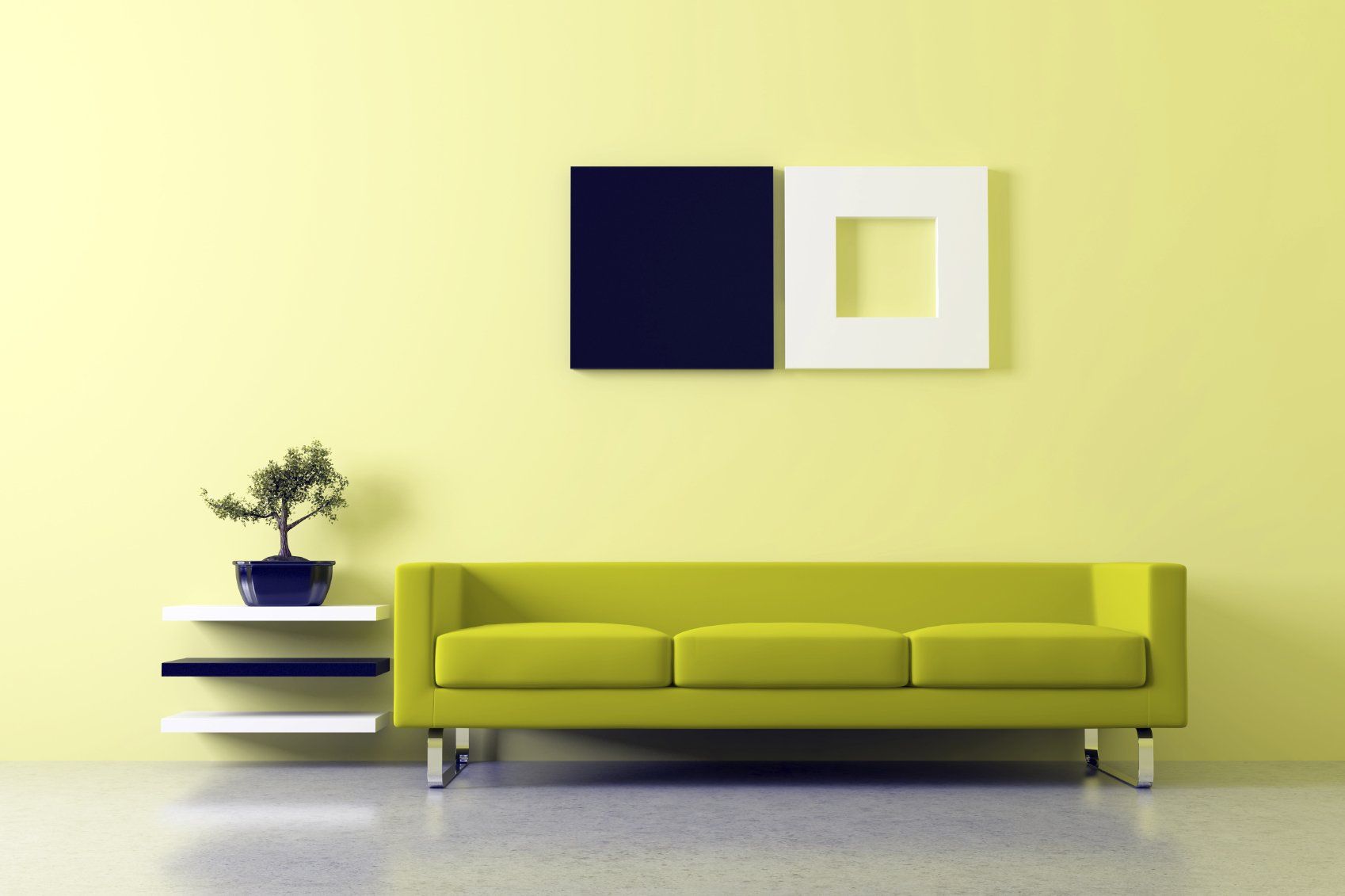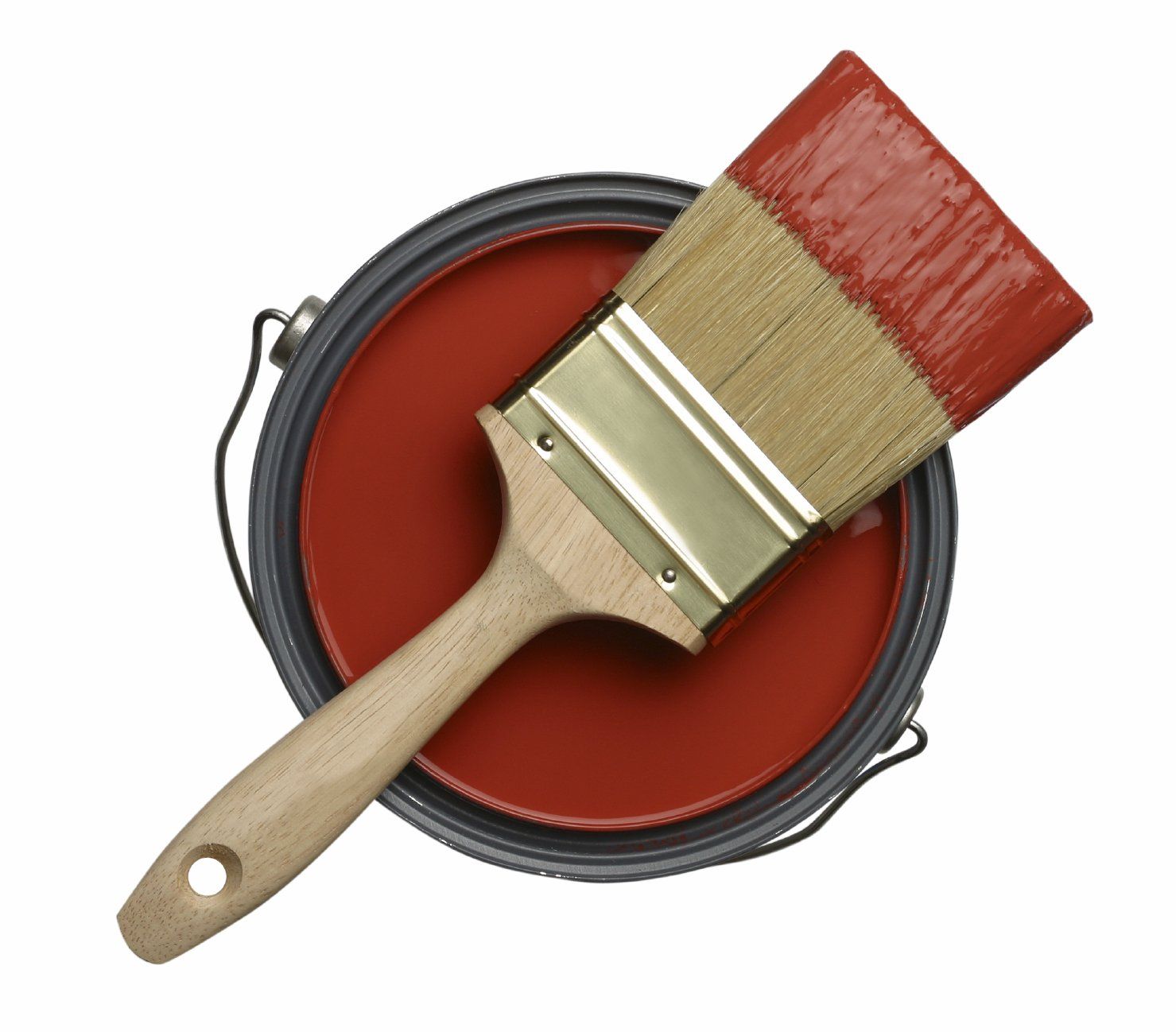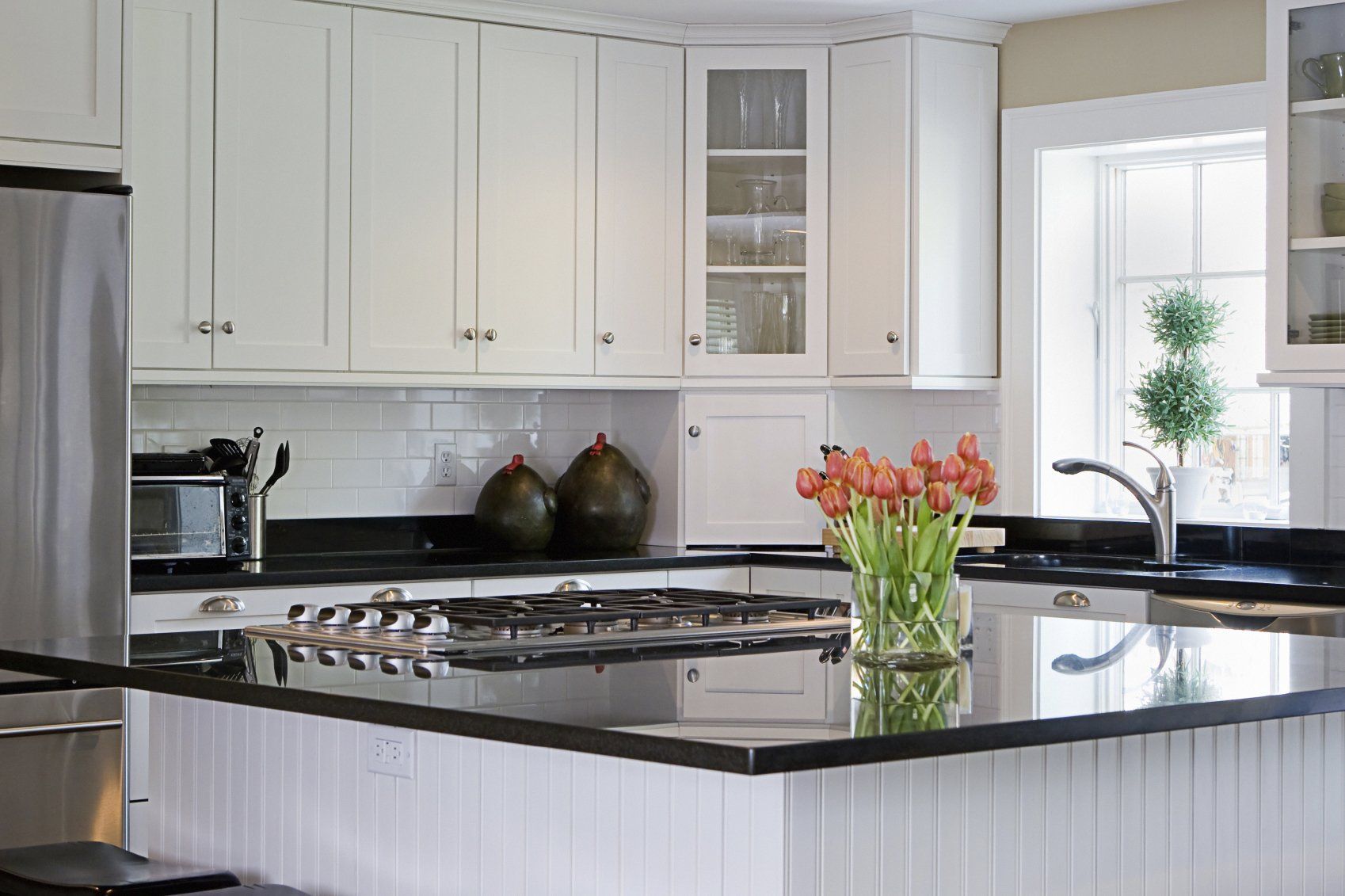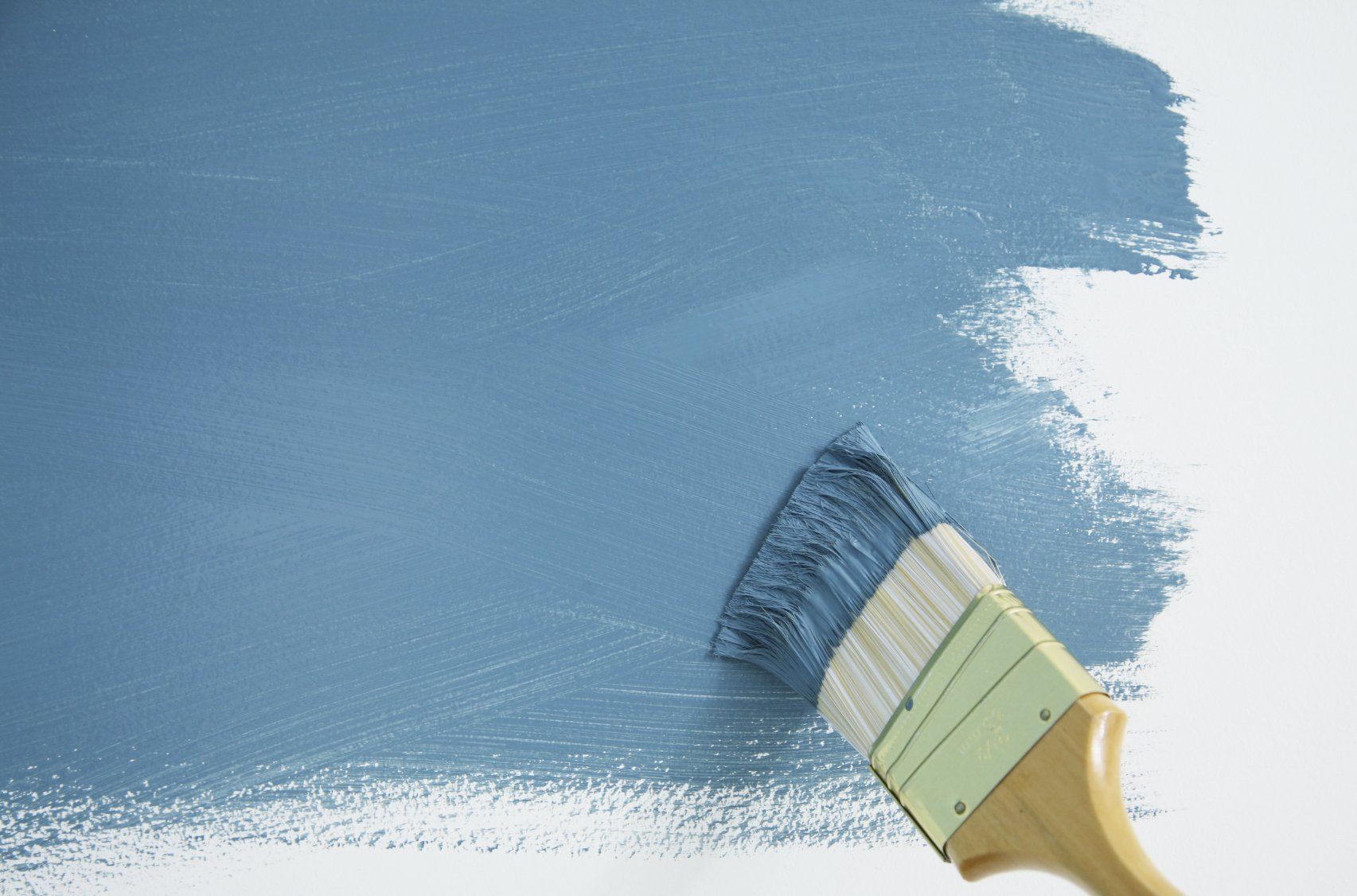Feng Shui Colors - Decorate with natural colors
Colors play a very important role in Feng Shui and are a very important design element. By specifically using Feng Shui colors according to the 5 elements, certain areas of life or life themes can be activated and strengthened.
Therefore, colors play a very important role when setting up rooms according to Feng Shui principles and designing them.
Materials have a huge impact on our health. Therefore, natural colors should be used when choosing colors.
What is meant by Feng Shui colors?
In Feng Shui we speak of the so-called 5 elements, which are: Wood, fire, earth, metal and water.
Each of these elements is assigned a specific color family, which I will discuss in more detail later in the text.
For example, if the earth element is needed for support in an area, colors such as yellow, orange, brown, sand, beige, vanilla, terracotta can be introduced here.
The 5 elements are assigned certain properties and energy qualities that can be supported and promoted with appropriate colors and shapes. Therefore, the 5 element theory of Feng Shui is a very important part of the design of individual rooms. In order to make the right choice of color, certain calculation methods such as the “Flying Stars” are used in advance.
5 element cycle
The behavior of the 5 elements among each other happens in a variety of ways.
Either the elements promote each other (creator cycle) or they inhibit each other (inhibitory cycle).
It always supports the above element:
Water promotes wood because it nourishes it. Wood, in turn, promotes fire because it burns through wood. Fire feeds earth, earth feeds metal and metal feeds water.
For example, if the metal energy is weakened, this may mean that it is not being nourished by its supporting element, the earth. We can apply this principle to every other element.
In the cycle of the inhibitory cycle there is a so-called clash between two energies. This can be illustrated most clearly with the elements of water and fire. If the element of water comes together with the element of fire, the fire is weakened or even extinguished.
The fire element, in turn, is not compatible with metal energy because fire melts metal. The element metal, here for example a saw, cuts wood. And with wood, roots form that penetrate the earth and thus remove necessary soil nutrients from the earth. And water seeps into the earth. Depending on the nature of the earth, sometimes stronger, sometimes weaker.
In my Feng Shui consultations, I make sure that the 5 elements are always in balance and that a harmonious energy level is available to you.
Wood element
Motivation, development, action, movement, spontaneity, flexibility, receptiveness
In Feng Shui, the color green and the cardinal points east and southeast are assigned to the element wood. It represents growth, vitality and health. We associate green with qualities such as resting, resting and dreaming. The color green should therefore be used in rooms that are intended to radiate peace and relaxation.
Fire element
Joy of life, enthusiasm, charisma, ability to express yourself
The color red is associated with the element fire and the direction south and stands for charisma, success and recognition. Red is the most energetic color. It activates, so red is used in areas that need to be activated. This allows pent-up energy to flow again at short notice. Since red is a very powerful color, it should only be introduced subtly. Otherwise it can quickly become too much and exactly the opposite will be achieved. Red has a stimulating, dynamic and activating effect.
Earth element
Sincerity, receiving, support, stability, listening
The earth element is associated with the colors yellow, orange, brown, vanilla and terracotta. The cardinal points southwest, northeast and the center are attributed to the earth element. The color yellow can be used to lighten darker areas. This makes rooms brighter and fresher. They have a brightening and uplifting effect. Orange makes rooms appear more lively and active. Brown has a calming and grounding effect due to its darker color. However, you should be careful not to use too many brown tones, as brown appears heavy and dull.
Metal Element
Concentration, differentiation, goal setting
The metal element is associated with the colors white, gray, gold, silver and bronze and the cardinal points west and northwest.
White represents purity and clarity. It gives friendliness and relaxes you. Small rooms appear larger with white. However, too much white or gray can also appear too cool. Gray is a color that can be used very well in combination with other colors. These will then come into their own better.
Water element
Knowledge, wisdom, contacts, communication, letting go, relaxation, flexibility
Blue is associated with the element water and the direction north. Blue often has a cool and calming effect. It activates creativity. It is better to work with light blue tones as they enliven. Dark blue has a more distancing effect.
With Feng Shui and the targeted use of colors, areas of life can be activated and strengthened.
Natural colors
From my own experience, I would like to give you advice to use natural colors such as clay colors when using colors. Clay paint consists exclusively of natural properties and is free of solvents, preservatives and other additives that are harmful to health. Clay paint, for example, is available in powder form. The powder is mixed with water and can be applied like any conventional paint with a paint roller or glaze brush.
Clay paint is breathable, moisture-regulating and odorless. Clay paint is able to neutralize odors and bind pollutants.


